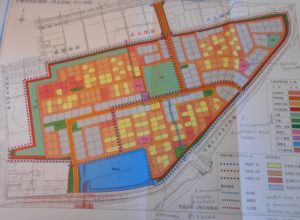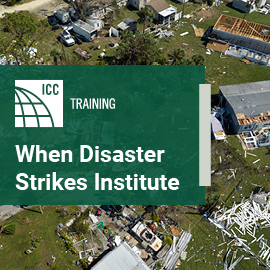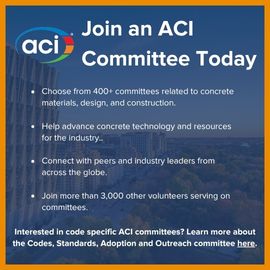
Recovery and resilience: Earthquakes, tsunamis and more
Today you hear or read the term resilience everywhere. But what does it mean? For a city, it means the city will be here today and tomorrow, ideally without a loss of people or business. How does a city become resilient?
In 2017 and 2018, I went to Chile and Japan to understand how the two most seismically active and prepared countries in the world work toward achieving resilience for their people and infrastructure.
Japan and Chile both have a culture that emphasizes the group, not the individual, and the greatest good for the largest number of people. When each country had a large tsunami wash away coastline, towns and people, the national government and average citizens worked to help devastated areas regain their former health and vitality. The government worked on the infrastructure using current building codes to replace buildings, roads, bridges, and water and sewer lines that had been damaged or washed away. Society worked to ease the horror caused by the devastation and bring people back to the areas they had left.
In both countries, people are prepared for large earthquakes and even for tsunamis. They don’t wait for the government to tell them to evacuate along rivers and beaches near the coast. In many towns, people will tell you a story that ends the same — if the ground shakes for more than two minutes, run uphill. Don’t stop for anyone else, run and keep running until you cannot run anymore. This helps people survive the tsunami, but what about afterwards?
In Chile and Japan, after each devastating tsunami, building codes — similar to the International Codes — were updated and land use changes made to relocate vulnerable populations from low-lying areas on the coast and along river mouths uphill into nearby mountains or inland away from the coast and their livelihoods. Japan, unlike Chile, had an existing program to combine shrinking towns and move governmental offices into one single city. The tsunami accelerated the process by moving people inland. Japan also has a rapidly aging population in rural areas. These towns anticipate accelerated shrinkage of the population over the next two decades.

For example, the town of Ishinomaki expects its population to shrink by 40 percent by 2040. Due to the loss of population as well as tsunami inundation, they are rebuilding the town center and new housing in smaller footprints with changing land use planning. The city government has also tried to keep former communities together as people from four separate smaller towns were relocated first into temporary housing and now, seven years later, into a new development of permanent housing meeting current code requirements.
Many small businesses didn’t recover from the tsunami. For those that did, the city government still expects to lose 25 percent to 50 percent of the businesses by 2040. Again, they wish reconstruction to occur in a densified framework that they hope will reduce the amount of blight that occurs over the next 20 years.
Each action taken by the city government considers how the city will look now and in the upcoming decades. Ishinomaki is completing reconstruction more slowly than some other cities. But the long-range planning should help maintain the sense of community within neighborhoods as the city shrinks over the next two decades. A problem other cities along the coast will have to deal with tomorrow, next year and next decade. All these decisions and changes are driven by a desire to make their city resilient.








